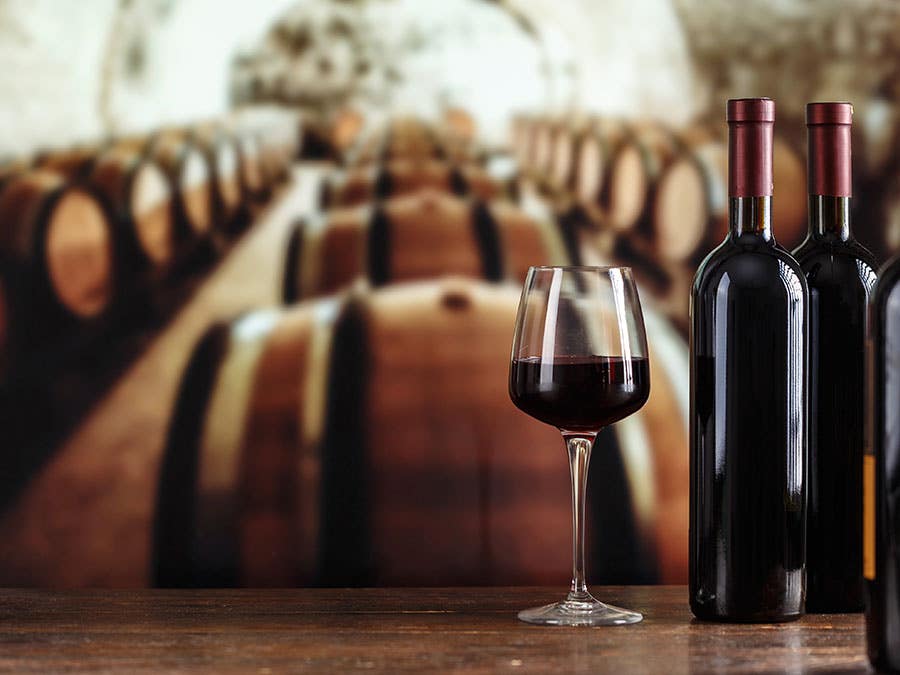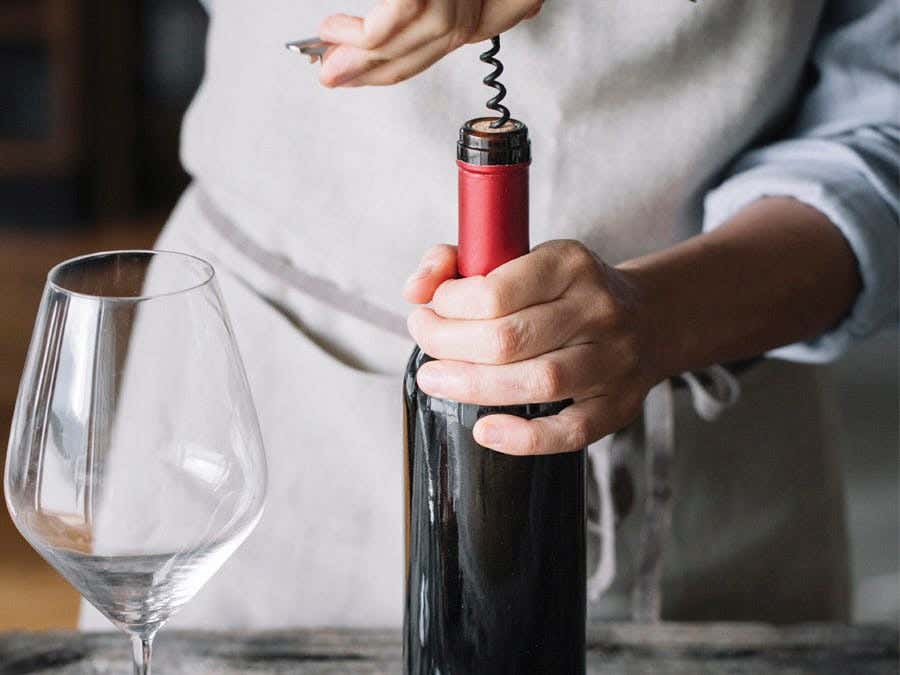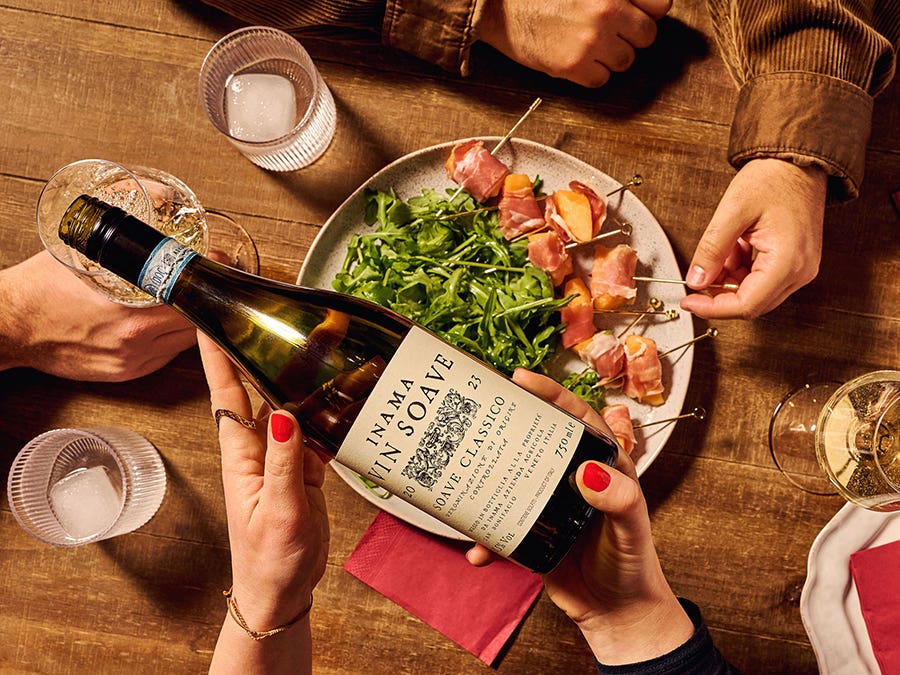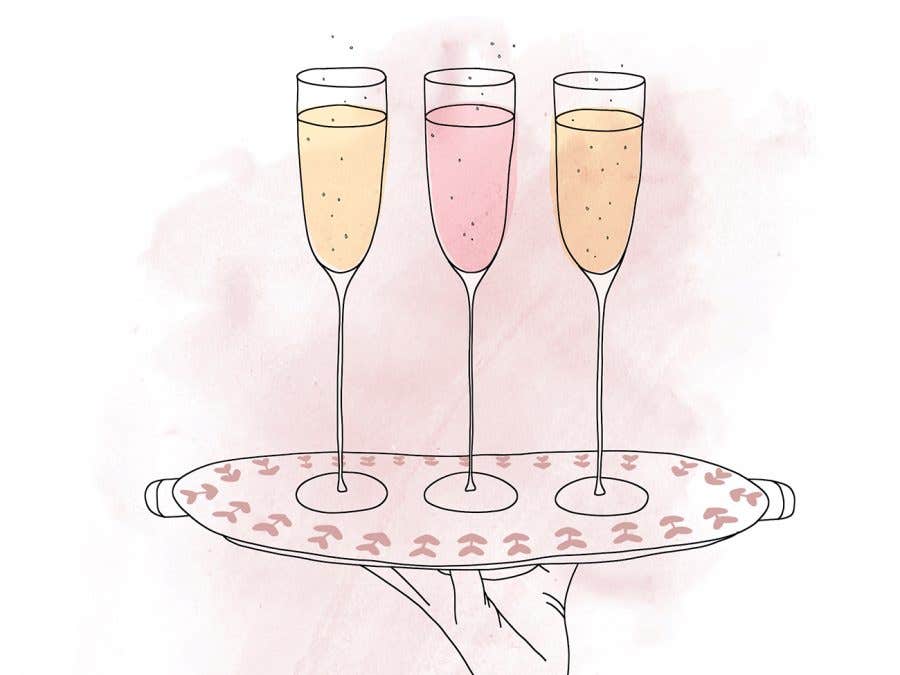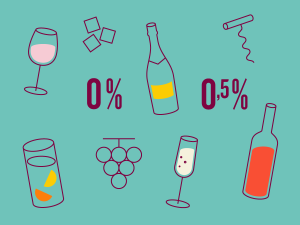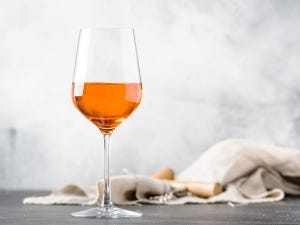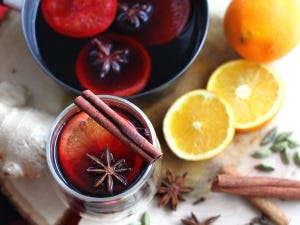In Bordeaux there are 60 appellations d’origine contrôlée (called AOCs for short, meaning “controlled destination of origin”). Most of these are small areas that can be separated first into those on the “right” or “left” banks of the Gironde Estuary, depending on where they are located. Some of these AOCs include classified and non-classified (or Cru Bourgeois) estates such as Pauillac, Saint-Estèphe and Saint-Julien, as well as more major appellations such as Haut-Médoc, Médoc and Graves. However, there are also lesser known appellations in the Côtes de Bordeaux and other satellite regions.
Whether from Côtes de Blaye or Côtes de Bourg, or from outlying AOCs like Puisseguin-Saint-Émilion and Montagne-Saint-Émilion, these wines made mostly from Merlot offer a solid price-to-quality ratio and express a typical Bordeaux character even when consumed in their youth.
However, the best deals are often found in the regional Bordeaux Supérieur AOC. There are seven regional Bordeaux AOCs (which include red and rosé Bordeaux wines), but the rules for caring for the vines and winemaking are applied more strictly for the Bordeaux Supérieur AOC. Vines must be planted at a higher density than for the basic level Bordeaux AOC, which leads to lower yields and more concentrated flavours.
The grapes must also be harvested at a higher potential alcohol level than the regular Bordeaux AOC and they must spend at least 12 months in a barrel. These wines can come from anywhere in the entire region of Bordeaux. So why are they less expensive? Joël Duffau, a Bordeaux Supérieur producer, laughs at the question and answers, “The classified estates are very meticulous, and at the price for which they sell their wines, they could pay people to examine every last grape. We can’t afford to do that.” Since the wines can come from anywhere, the quality may be variable. “Everyone makes Bordeaux Supérieur, from the big companies to the small wine-growers like me who work organically and try to make the best wine possible every year.”
The consumer, at any rate, can rejoice at being able to get such deals on serious wines that taste like some of the most expensive Grands Crus, as well as on wines that are lighter and more easily drinkable. “My wines are for getting together with friends” explains Duffau. “They have a lot of fruit and good acidity. You can think of them as pleasant wines that are easy to drink.” Though they are drinkable, cellaring five or six is also a great idea. Let’s hope Duffau and their fellow winegrowers continue long into the future so we can enjoy a good Bordeaux without burning through a week’s pay.
Related Posts
-
Read more
SAQ shelves are lined with more than 300 wines and spirits produced abroad and bottled here, a process that has a positive impact on the environment and workforce in the province.
-
Read more
Soave is an Italian word that means “suave” or “pleasant,” which perfectly describes the wines that bear the same name. Here’s an overview.
-
Read more
Bubbly’s rising popularity has resulted in a wide variety of bottles to choose from. Here’s a handy guide to finding the one that’s right for you!
 Access to SAQ Inspire personalized services and store inventories are unavailable at the moment.
Access to SAQ Inspire personalized services and store inventories are unavailable at the moment. Free in-store delivery with purchases of $75+ in an estimated 3 to 5 business days.
Free in-store delivery with purchases of $75+ in an estimated 3 to 5 business days. 
